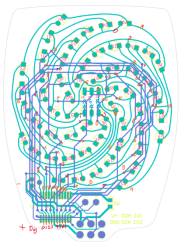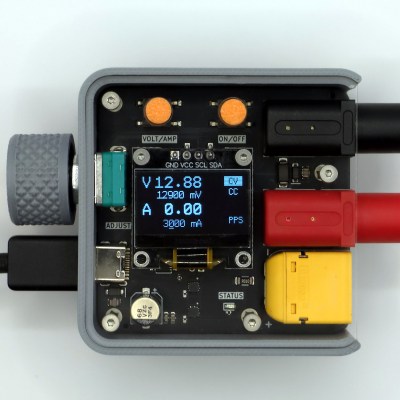Last Thursday we were at Electronica, which is billed as the world’s largest electronics trade show, and it probably is! It fills up twenty airplane-hangar-sized halls in Munich, and only takes place every two years.
And what did we see on the wall in the Raspberry Pi department? One of the relatively new AI-enabled cameras running a real-time pose estimation demo, powered by nothing less than a brand-new Raspberry Pi Compute Module 5. And it seemed happy to be running without a heatsink, but we don’t know how much load it was put under – most of the AI processing is done in the camera module.
We haven’t heard anything about the CM5 yet from the Raspberry folks, but we can’t imagine there’s all that much to say except that they’re getting ready to start production soon. If you look really carefully, this CM5 seems to have mouse bites on it that haven’t been ground off, so we’re speculating that this is still a pre-production unit, but feel free to generate wild rumors in the comment section.
The test board looks very similar to the RP4 CM demo board, so we imagine that the footprint hasn’t changed. (Edit: Oh wait, check out the M2 slot on the right-hand side!)
The CM4 was a real change for the compute module series, coming with a brand-new pinout that enabled them to break out more PCIe lanes. Despite the special connectors, it wasn’t all that hard to work with if you’re dedicated. So if you need more computing power in that smaller form factor, we’re guessing that you won’t have to wait all that much longer!
Thanks [kuro] for the tip, and for walking around Electronica with me.



















